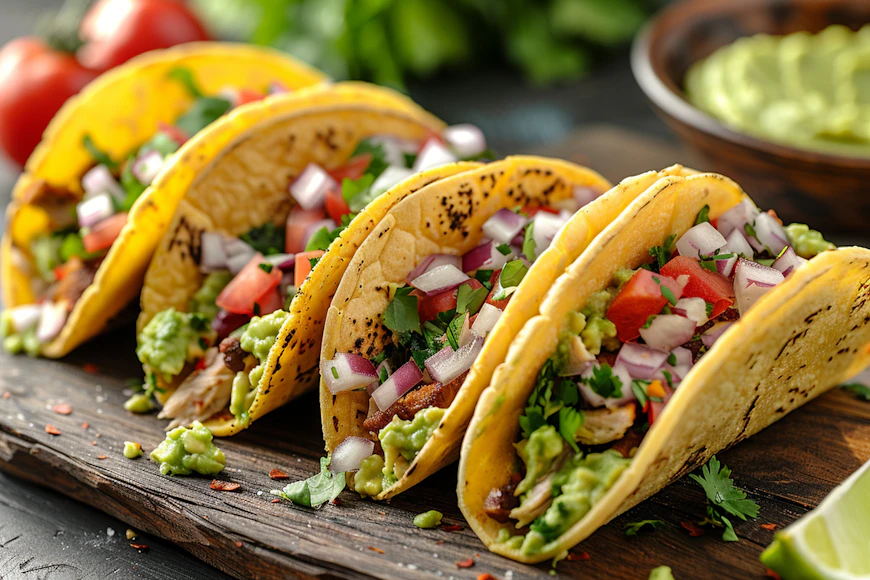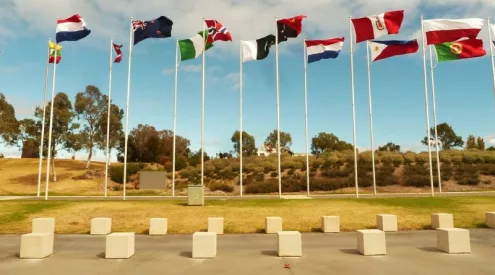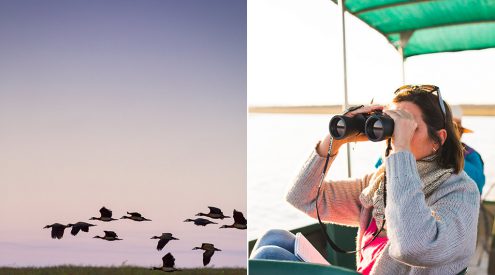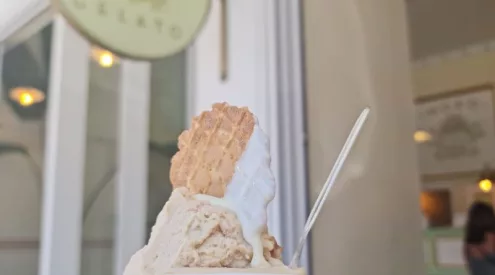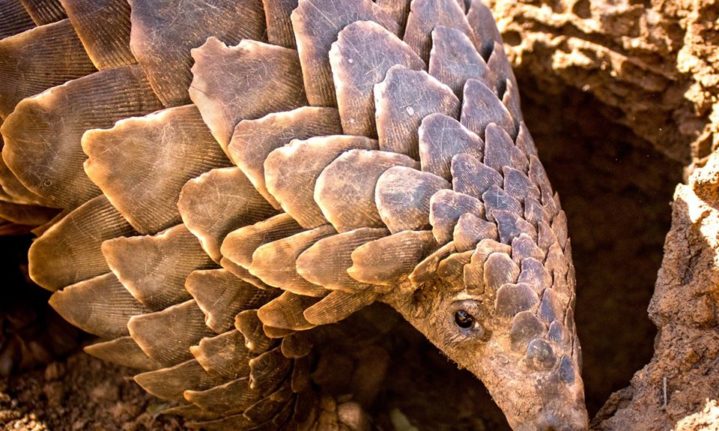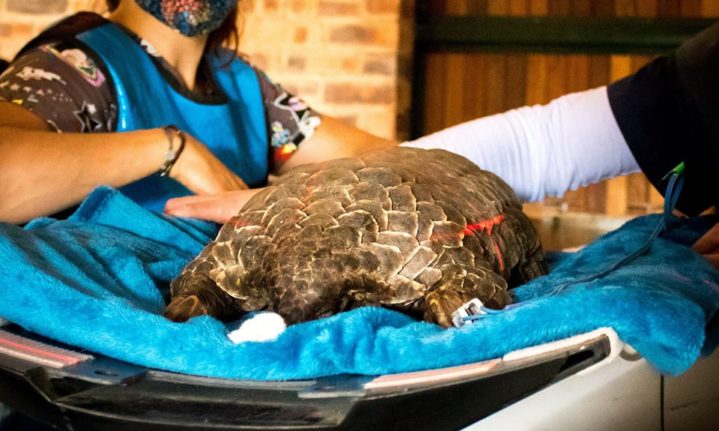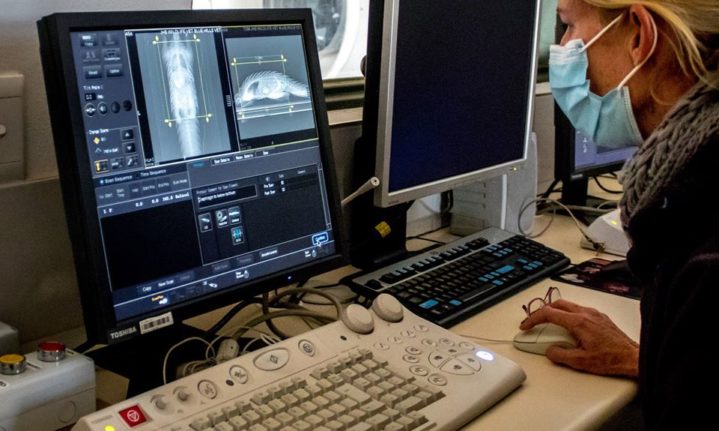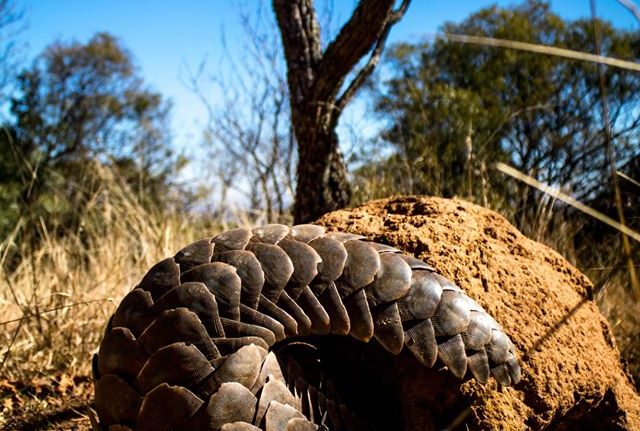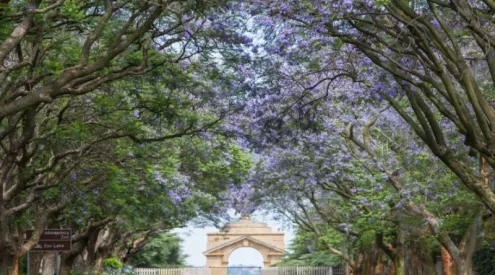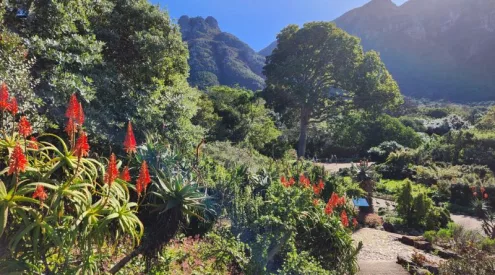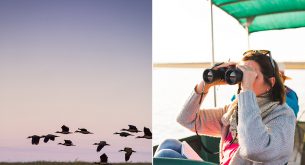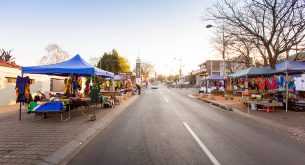The Johannesburg Wildlife Veterinarian Hospital is a non-profit organisation dedicated to treating and rehabilitating South Africa’s indigenous animals. This dedicated team of individuals have worked with servals, caracals and genets, as well as snakes, kingfishers and the endangered pangolin.
A pangolin patient named Giya is a testament to the vital work this team do.
‘So little is known about pangolins, and often this makes our treatment of them exceedingly difficult. Giya has been no exception to this,’ wrote Johannesburg Wildlife Veterinary Hospital in a Facebook post.
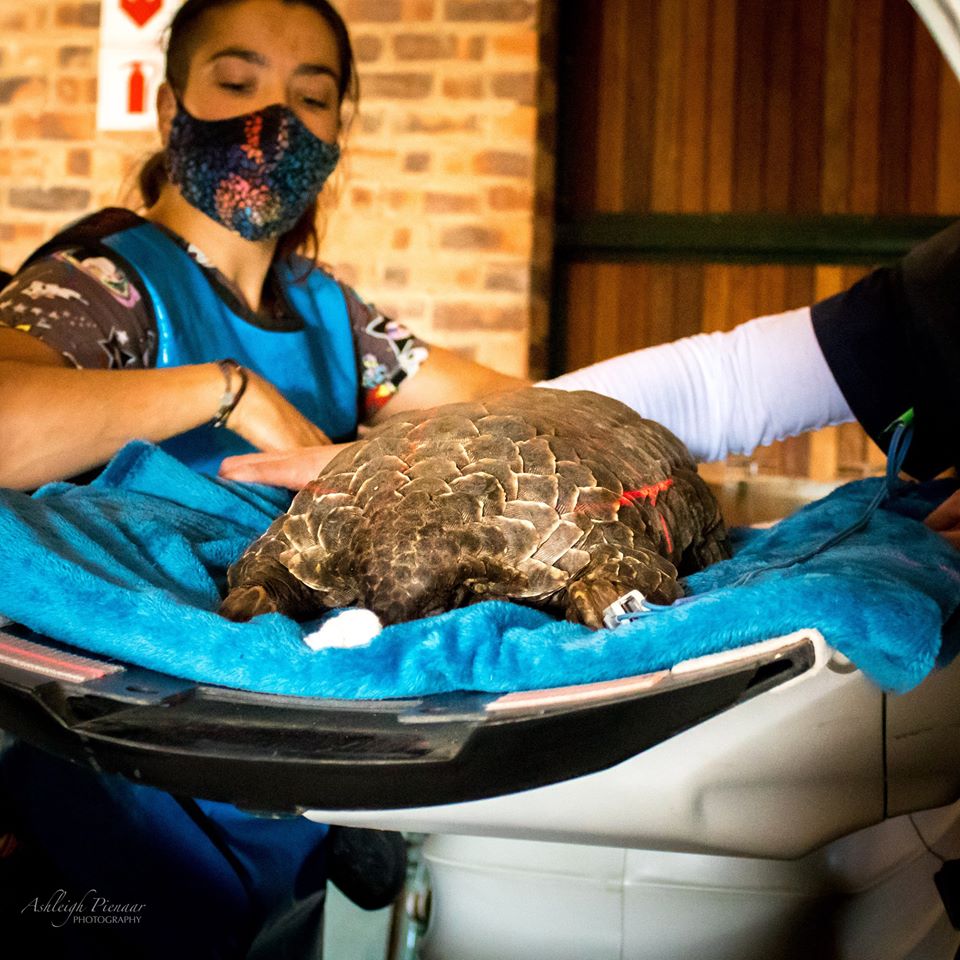
Pangolins are the only mammals to have a scaly exterior. Image credit: Ashleigh Pienaar
There are four pangolin species found in Africa: Temminck’s pangolin (vulnerable), white-bellied pangolin (endangered), giant ground pangolin (endangered) and the black-bellied pangolin (vulnerable).
Pangolins have been driven to near-extinction by poachers who hunt these animals for their meat and scales. In China, pangolin scales are used in traditional medicine and are falsely believed to have healing properties. In Vietnam their meat is considered a delicacy. There are also 4 species of pangolin found throughout Asia: The Chinese, Indian, Sunda and Philippine pangolin.
With pangolins being in high demand on the black market, the lengths poachers will go to to find one of these animals is astounding. The treatment thereafter is even more shocking, if not barbaric.
‘Once pangolins arrive at our hospital, we often don’t know exactly what they have endured or for how long. We do know that they have been without food and water for days, sometimes weeks, and have often been exposed to some form of abuse, both mental and physical. All these combined factors lead to a large array of complications, most of them not obvious when looking from the outside only. By using many different diagnostic tools like radiographs, blood tests, faecal tests etc we can begin to form a picture of what exactly we have to treat.’
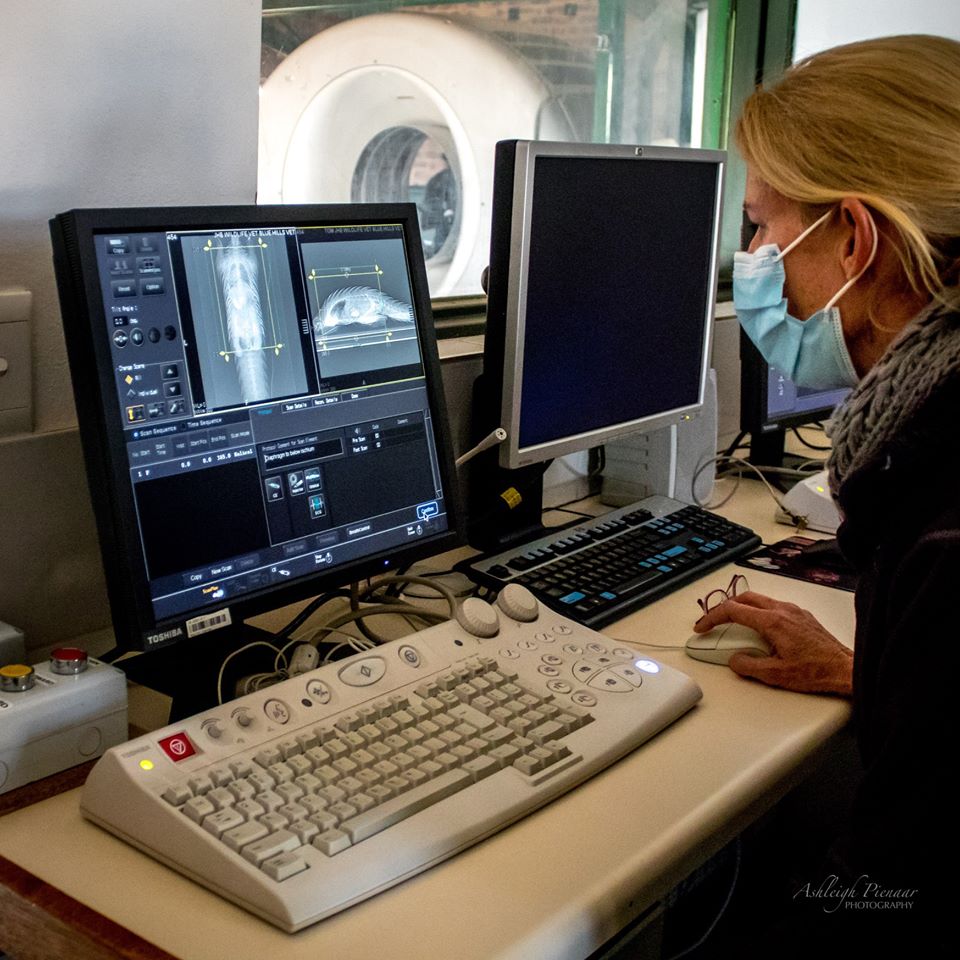
‘Within our treatment protocol, CT scans (computed tomography scans) have become vital in order to know exactly what the internal organs look like – especially the lungs, as this seems to be the “shock organ” in pangolins.’ Image credit: Ashleigh Pienaar
Giya has been under the watchful eye of veterinarians at an undisclosed location for almost two months. He has been treated for:
- Pleural effusion (fluid in the chest cavity)
- bronchopneumonia
- ascites (an unusual accumulation of fluid in the abdomen) and
- malnutrition.
‘We always suspected lung pathology but never to the extent that the CT scans have shown us. Now we have an extra diagnostic technique to enable us to diagnose and treat these animals appropriately. Almost 90% of pangolins presented at our hospital (post confiscation from poachers) suffer from some form of lung pathology – this can now be proven beyond doubt with the use of CT scans.’
After all this time and testing, Giya has been given the green light to return to the wild.

Pangolin scales contain the same protein as human hair and fingernails: Kerain. Image credit: Ashleigh Pienaar
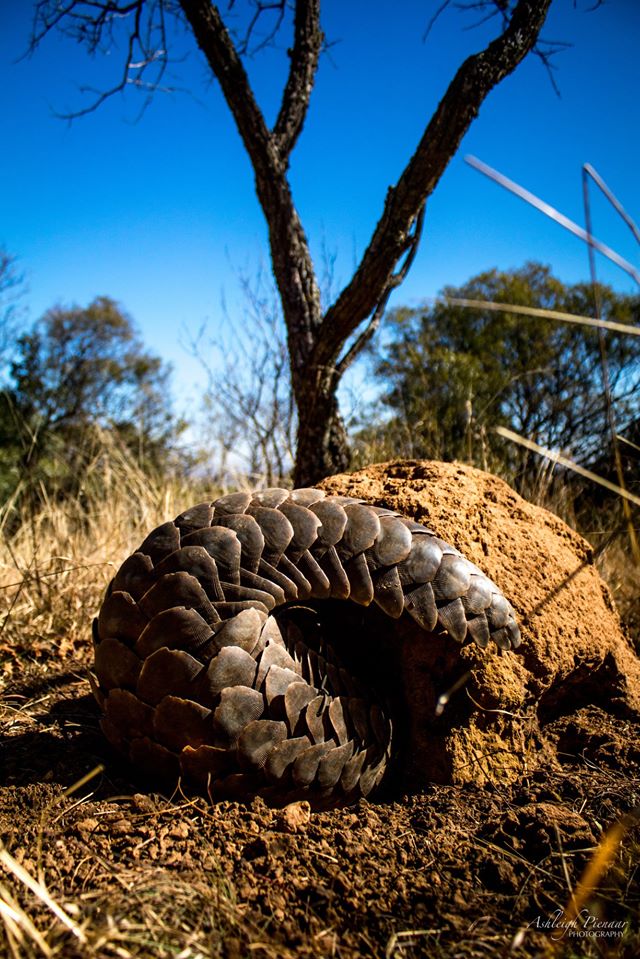
Giya having a ball in nature. Image credit: Ashleigh Pienaar
‘We could adapt our treatment protocol to Giya’s exact requirements and his lung pathology resolved to such a degree that he can now be released! He will be released in a private reserve where he will be constantly monitored, like he is now, to ensure that he is able to live freely. He is one of the lucky ones that has been saved from the illegal wildlife trade. We could not do this without your generous donations, and our partners, the African Pangolin Working Group, Pangolin K9 and Humane Society International – Africa.’
Dr Karin Lourens, the director of the hospital spoke to Getaway Magazine and said: ‘We have learnt so much about these animals in a very short period of time – in the beginning out of necessity because no one really knew anything about their health and our learning curve was a steep one. Later it was to build on what we had discovered and diagnosed, and by using every tool available to us, we built up an arsenal of information that makes their veterinary treatment slightly less terrifying than before. We build on each success and learn from our failures – all in the name of pangolin conservation and our unwavering passion for wildlife.’
The Johannesburg Wildlife Veterinary Hospital relies solely on donations from the public. They have a ‘wishlist’ in which funds can be contributed to, to feed a particular animal or to a specific project.
If you would like to find out more about their work or to contribute to a feeding program or project, click here.




